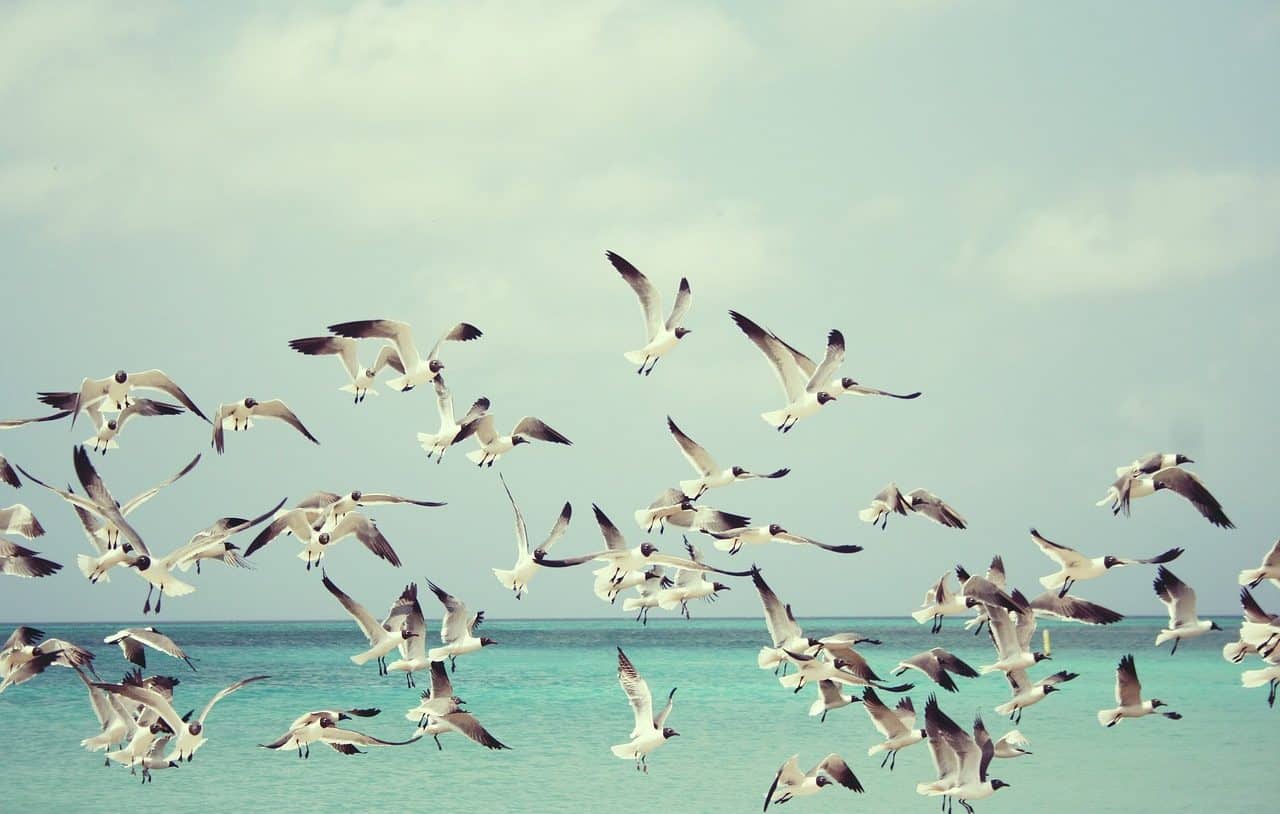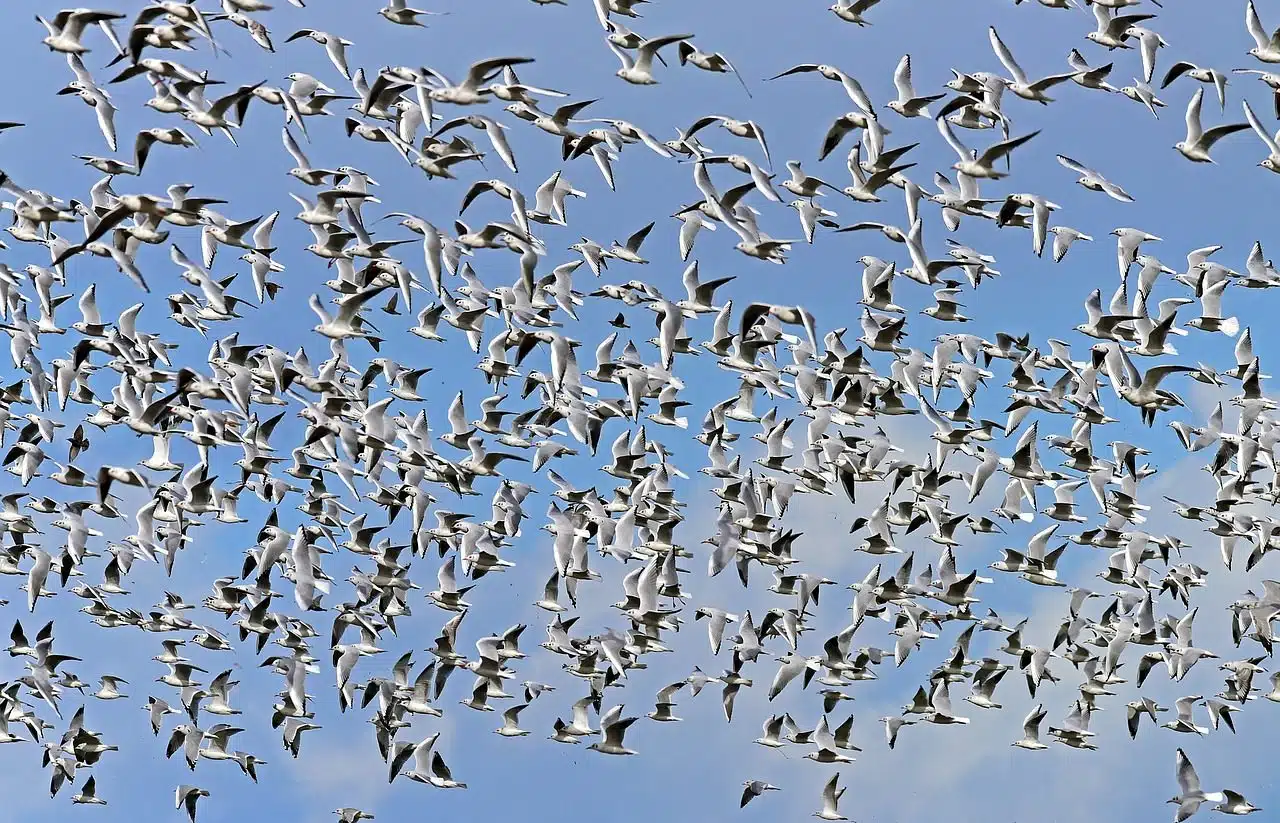
A group of birds that fly together and maintain similar behaviors form a flock.
A flock is a group of birds that fly together and adopt similar behaviors. In some countries, the term flock is used as a synonym for flock.
For example: “A flock of seagulls came to the beach and broke the calm with their squawks,” “Look, mom! A flock is flying right above us!” , “The hunter took advantage of the presence of the flock and started shooting.”
Formation of a flock
Birds can form a flock for various reasons. When these animals associate, they do so for a specific purpose and to obtain certain benefits, although they also face various problems.
Flocks allow birds to improve their protection from predators since, with a large number of individuals watching, it is easier for them to detect the presence of danger. It should be noted that there are flocks that can house tens of thousands of birds.
A flock, however, affects efficiency in the search for food and creates problems for those birds that are subordinate to other dominant ones. That is why certain animals join together in flocks made up of specimens of different species, something that helps them improve their security without increasing competition for the same resources.

Flocks can make extensive migrations.
Bird migration
Migration is a phenomenon that has attracted the attention of human beings since time immemorial. So much so that approximately five millennia ago the inhabitants of the island of Cyprus (in the Mediterranean ) associated the seasonal movement of some birds that traveled in flocks with the ideal time to begin sowing their food.
Aristotle , a renowned philosopher, scientist and logician who lived between 384 and 322 BC. C. in Ancient Greece , he dedicated himself to studying the migration of birds through the observation of this behavior in more than one species.
On the other hand, the Bible talks about the migration of hawks from northern Europe to the African continent, passing through the Sinai Peninsula and the Red Sea , and it is described as an amazing phenomenon of nature that amazed everyone. he who contemplated it, since it was the symbol of the divine ways .
How flocks move
The fact that so many hundreds and thousands of birds gather in a flock and then embark on such extensive journeys, flying over sea and land, has been an object of fascination for our species for centuries and continues to be so today, especially to respond some of the questions that arise from your observation, such as:
- How do they manage to take advantage of their energy to travel such great distances without dying of fatigue.
- If their migration patterns have evolved throughout history.
- How they are positioned to correctly reach their destination.
- What problems does a flock face during migration.
Migratory routes
It is worth mentioning that half of the known species of birds on the planet practice migration. Some migrate a few hundred meters, but others reach impressive distances that take them from one point on Earth to another. The migration route of a flock responds to the characteristics and needs of its species , and that is why great diversity is appreciated.
It is not always easy for researchers to define the migratory pattern of a species or understand the design of its aerial routes. The most understandable case from our point of view is that of migration from north to south and vice versa, since it is carried out to search for the opposite season of the year and facilitate obtaining food.
Flock in symbolic sense
In a symbolic sense, the notion of flock can be used to refer to a bustling group of people .
“I don't have the patience to endure a flock of screaming children around me for more than two hours.”, “Calm down! “They look like a flock.”y “We were not a team, but rather a flock out of control” son expresiones que muestran este uso.
